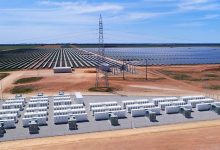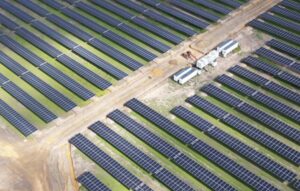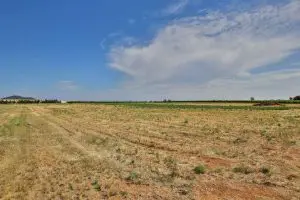This week is shaping up as a critical one for the clean energy transition in Australia – with a decision on one important rule change due to be delivered, and submissions due on another.
Both could be critical in shaping the path and pace of the switch to a grid dominated by renewables, storage and other smart technologies, and for the future of incumbent fossil fuel generators.
They could also help change the way we think about energy supply and management, from an obsession with “baseload” to a flexible approach to both demand and supply. Imagine, for instance, a big smelter acting as a sort of “mega battery” that could tailor its demand to when supply – in the form of wind and solar – is most abundant and lowest cost.
Wind and solar have already won the race on environmental considerations – there is simply no contest on greenhouse and other noxious emissions when pitched against coal and gas. They have also won the race on economics – clearly the cheapest form of bulk generation, even with “firming” or storage costs added to their bill, according to the CSIRO and the market operator.
Wind and solar, combined with storage and demand management, are also winning the engineering contest. Not so long ago, the majority of power system engineers would have rubbished the idea of incorporating more than even 10 per cent wind and solar into the grid.
Some still say a majority of “variable renewables” is not feasible, but the Australian Energy Market Operator, whose responsibility it is to keep the lights on, sees no technological impediments – be it 75 per cent instantaneous by 2025, or up to 90 per cent annual by 2040 – as long as there is a level playing field.
That takes us to the last bastion of the incumbents – apart from political mischief and intervention – which is the realm of rules and regulations. The power of incumbency – or as some may put it, regulatory capture – has been a massive handbrake on important changes to market design that are needed to fully value, and support, the capabilities of new technologies.
Pending a wholesale re-write of the market rules – due by 2025 if there are no other delays – two important rule decisions feature this week. The first is a final ruling on wholesale demand response, which could facilitate and encourage the use of demand-side technologies that will in turn smooth the path for a much higher share of renewables.
In simple terms it means providing incentives to shift demand, rather than simply paying people more for burning more coal and gas, which has been the basis of Australia’s main grid model for the last few decades.
To the average consumer, it means encouraging the use of household appliances – from heating, cooling and pool pumps – when their rooftop solar output is high, and encouraging them to dial down, if need be, at times of high demand and low supply. The only problem is, this new rule may exclude households from taking part in the new market signals.
For big consumers, it also means flexibility: Big smelters have operated on the principal of “baseload” power, but energy experts increasingly believe they can act with a degree of flexibility, targeting more demand to times of greater supply of cheaper wind and solar. In this way, they could act as a giant battery, the biggest in the grid.
Another key moment for both battery and demand response technologies is the progress of the switch to 5-minute settlements. The electricity grid is already dispatched at five minute intervals, but the financial settlements occur on 30 minute intervals, an averaging of six different dispatch periods that many in the industry say has opened the market to massive rorting in favour of incumbent centralised generators.
The switch to 5-minutes, advocated initially by big zinc refiner Sun Metals and supported by the renewables and storage sectors along with AEMO and independent analysts, was to have come into effect in 12 months time.
But the incumbent generators, who fiercely fought against the changes because of the obvious impact on their ageing and slow moving technologies, are having another crack at delaying the inevitable, with the Australian Energy Council reportedly pushing the key institutions to allow for a 12-month delay under the cover of Covid-19.
Submissions for that proposal are due on Thursday, and should likely paint a picture of old versus new, slow versus quick, dumb versus smart, dirty versus clean technologies.
Dan Cass, from The Australia Institute, describes the two rule change proposals as the biggest reform to the national electricity market since the NEM was created in 1998.
“This could set Australia on a clear path to allow clean technology to outcompete coal and gas during peak demands,” he said. “The Australia Institute has proposed a ‘reform stimulus’, to bring forward the redesign of the NEM, to create jobs and help with economic recovery.
“Australia is at an energy crossroads, which will have big repercussions for energy prices, climate policy and the economy.”
RenewEconomy and its sister sites One Step Off The Grid and The Driven will continue to publish throughout the Covid-19 crisis, posting good news about technology and project development, and holding government, regulators and business to account. But as the conference market evaporates, and some advertisers pull in their budgets, readers can help by making a voluntary donation here to help ensure we can continue to offer the service free of charge and to as wide an audience as possible. Thank you for your support.










